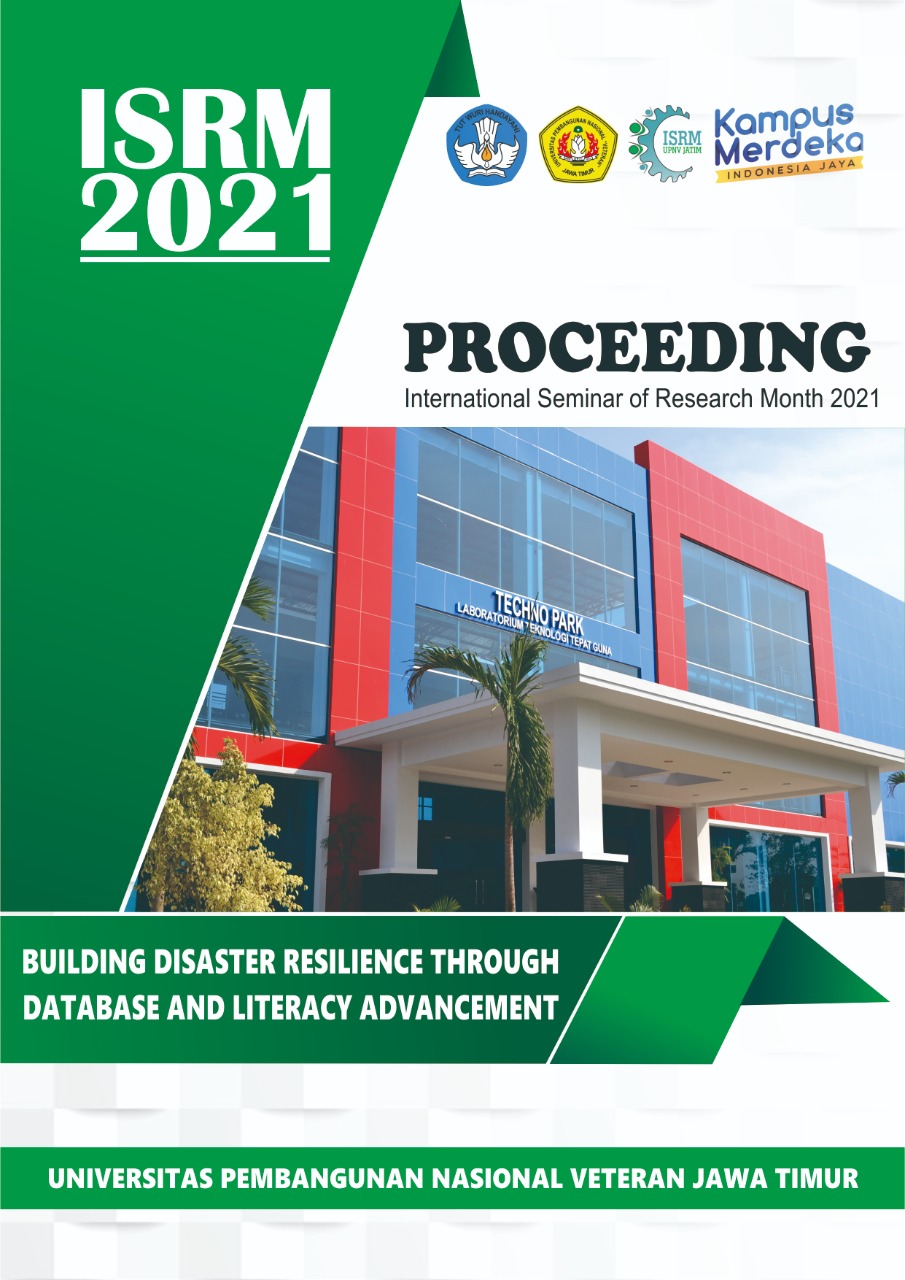Production of Several Types of Vegetables in the Composition of the Growing Media Cultivated in a Verticulture
DOI:
https://doi.org/10.11594/nstp.2022.2465Keywords:
Agriculture, production, verticultureAbstract
Mitigation of the risk of decreasing food security in urban areas can be done through the use of yardland through urban agriculture which is currently being carried out by urban communities since staying at home is one of the family's independent food solutions by cultivating short-lived vegetables (3-4 weeks) with a multilevel agricultural cultivation system. or ver-tical. The purpose of this study was to determine the composition of the growing media which resulted in the best production of three types of veg-etable crops cultivated vertically. The research was carried out in the ex-perimental garden of the Faculty of Agriculture, UPN "Veteran" Jawa Timur, Surabaya which was arranged in a completely randomized design (CRD), and was repeated 3 times. Factor 1 is the Composition of Planting Media which consists of 4 kinds of composition, namely: Soil, Compost, and Manure, namely: 1:1:1 (K1); 1:1:2 (K2); 1:2;1 (K3), and 1:2:2 (K4). The second factor is the type of vegetables (J), which consists of 3 types, namely: Pakcoy Mustard Plants (J1), Kangkung Plants (J2), and Red Spinach Plants (J3). The results showed that there was a significant interaction between plant height and vegetable production, where the K4J3 combination produced the highest production and was significant different with other treatment combinations.
Downloads
Downloads
Published
Conference Proceedings Volume
Section
License
Copyright (c) 2022 Ramdan Hidayat , Purnomo Edi Sasongko, Nora Augustien

This work is licensed under a Creative Commons Attribution 4.0 International License.
Authors who publish with this proceedings agree to the following terms:
Authors retain copyright and grant the Nusantara Science and Technology Proceedings right of first publication with the work simultaneously licensed under a Creative Commons Attribution License that allows others to share the work with an acknowledgement of the work's authorship and initial publication in this proceeding.
Authors are able to enter into separate, additional contractual arrangements for the non-exclusive distribution of the proceedings published version of the work (e.g., post it to an institutional repository or publish it in a book), with an acknowledgement of its initial publication in this proceeding.
Authors are permitted and encouraged to post their work online (e.g., in institutional repositories or on their website) prior to and during the submission process, as it can lead to productive exchanges, as well as earlier and greater citation of published work (See the Effect of Open Access).














